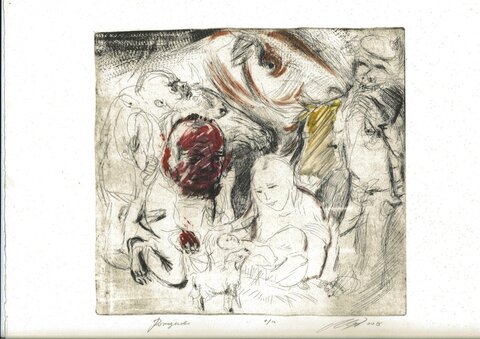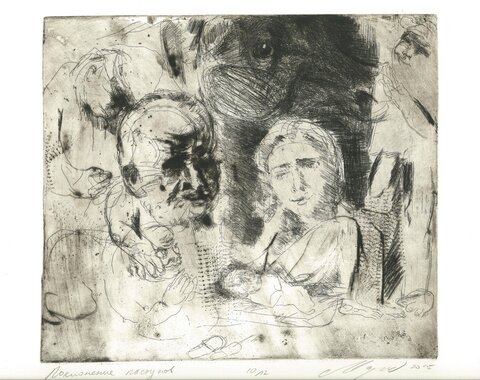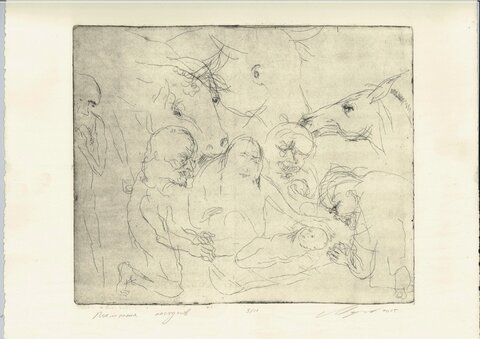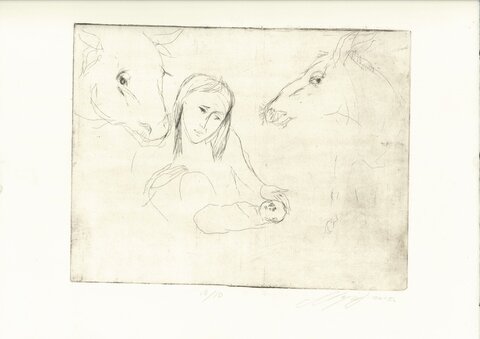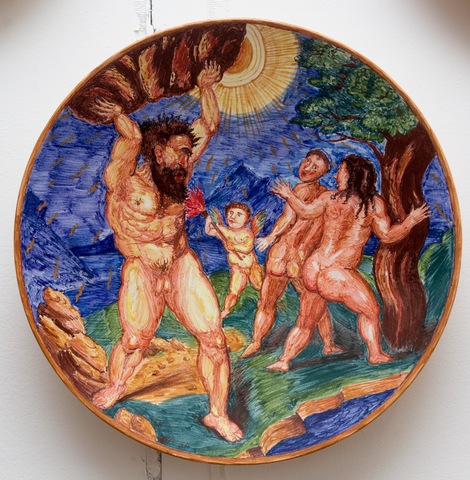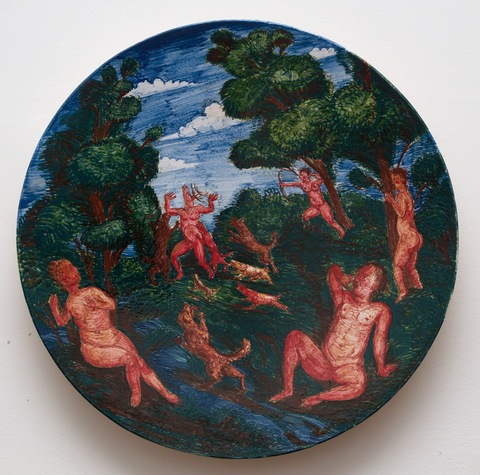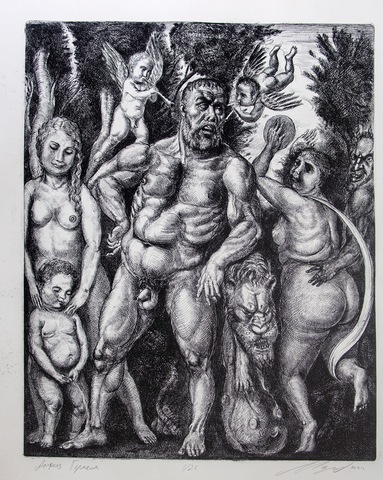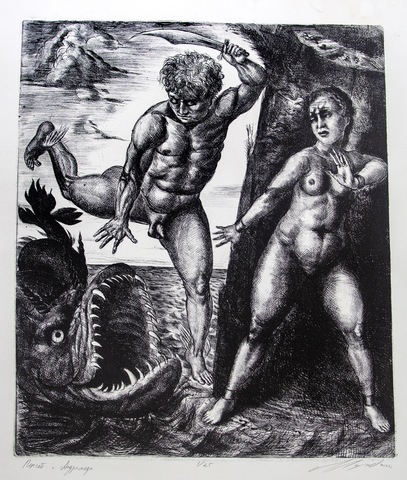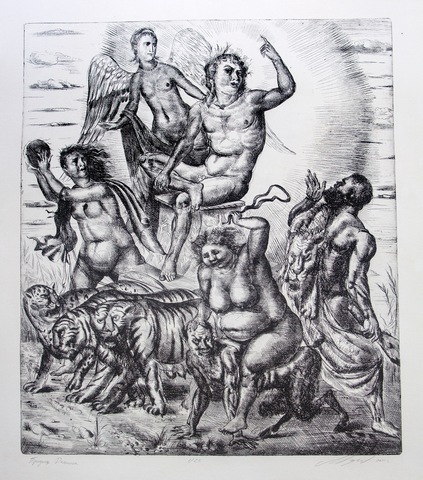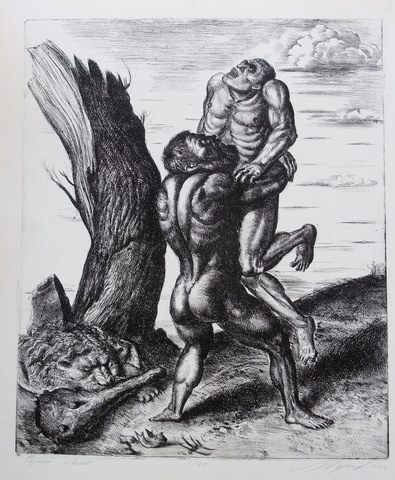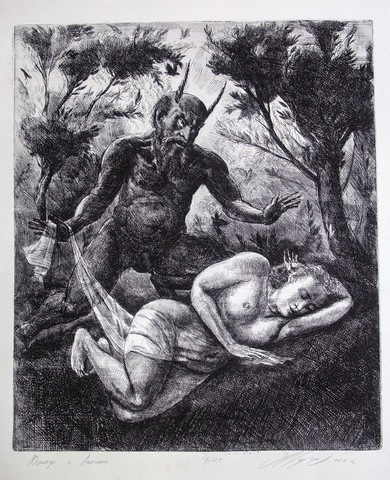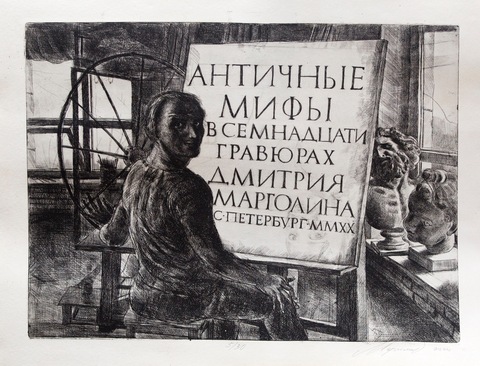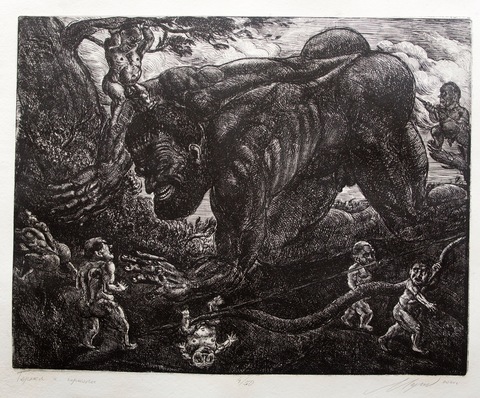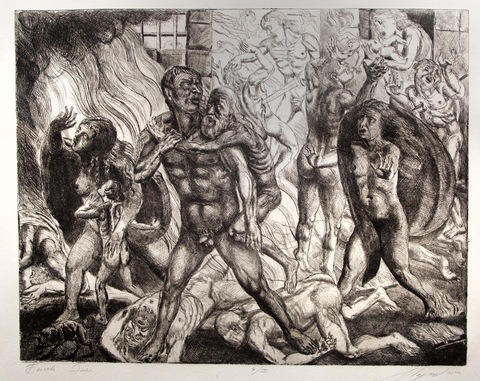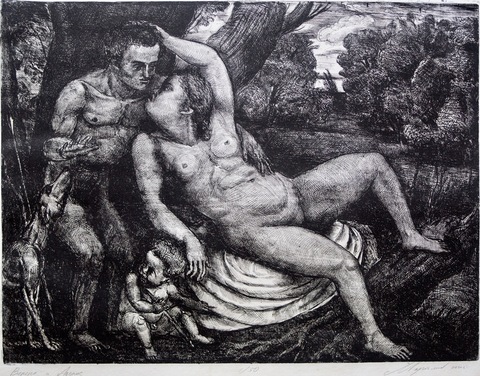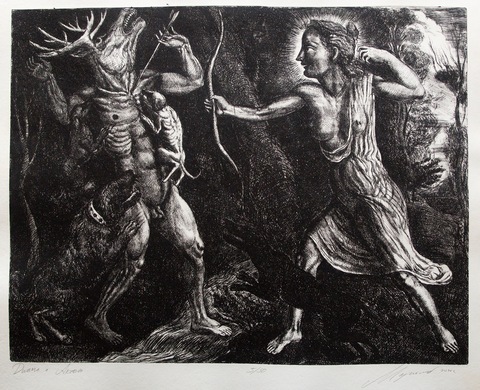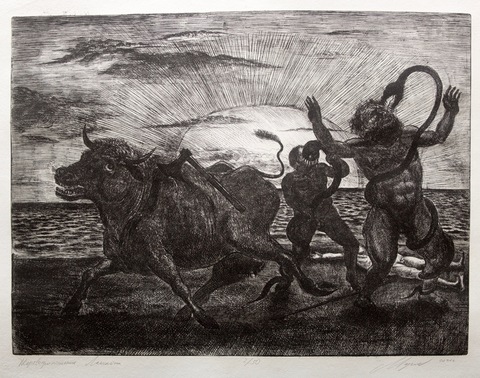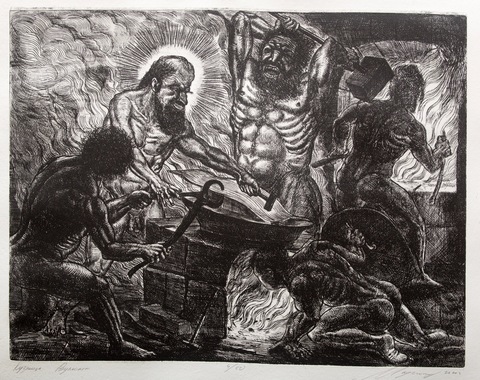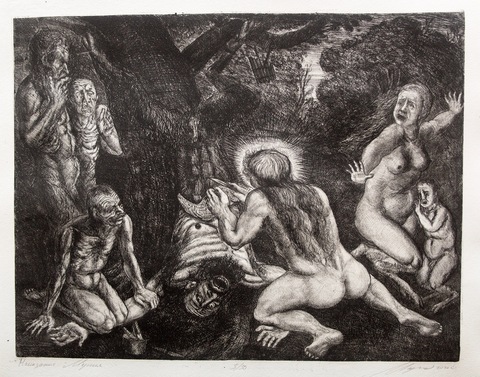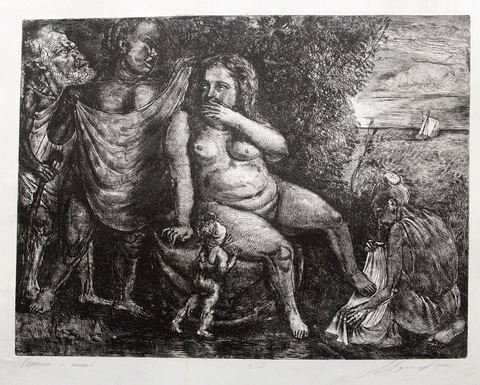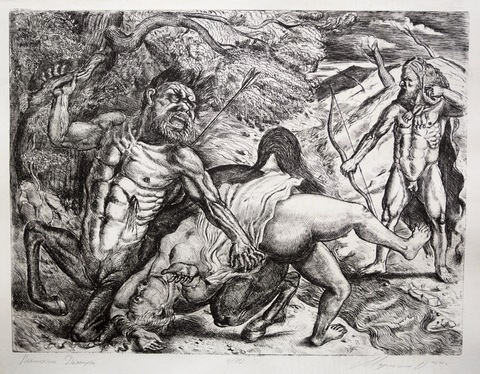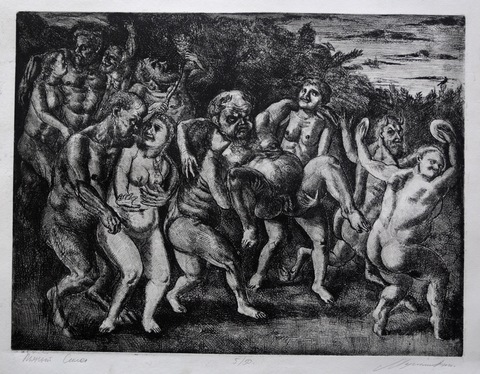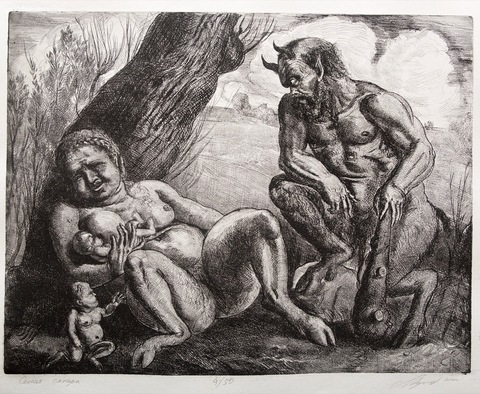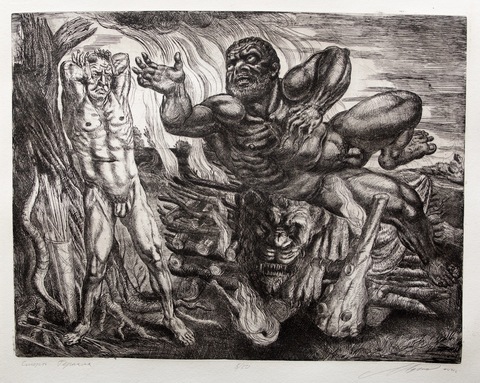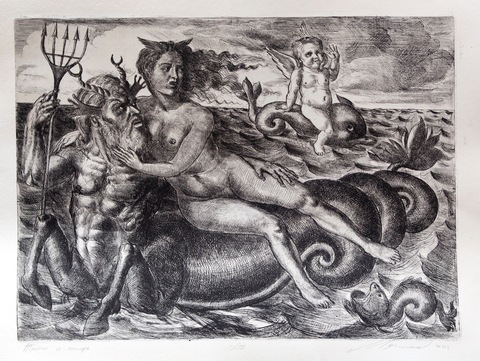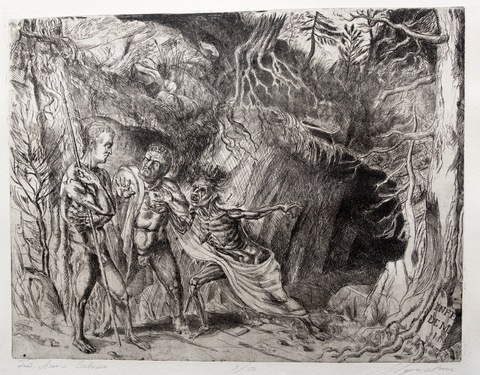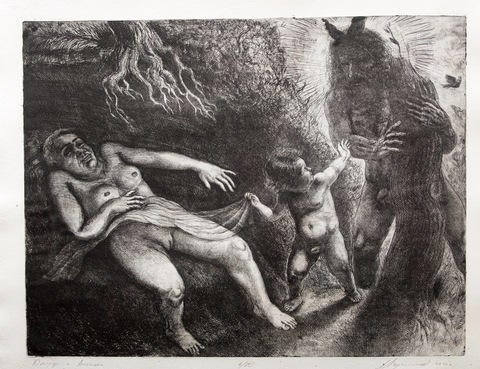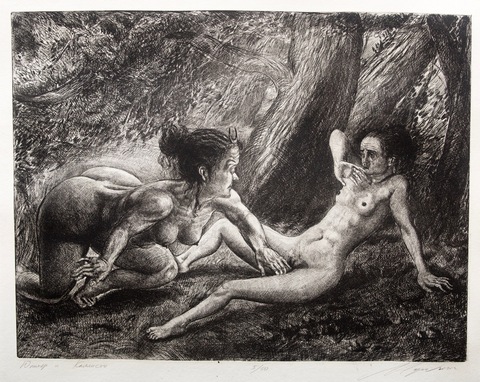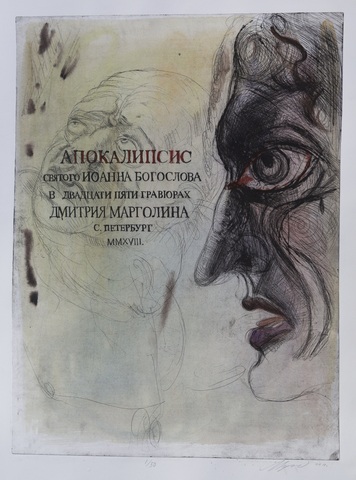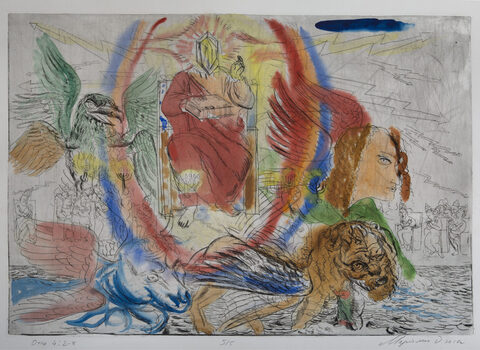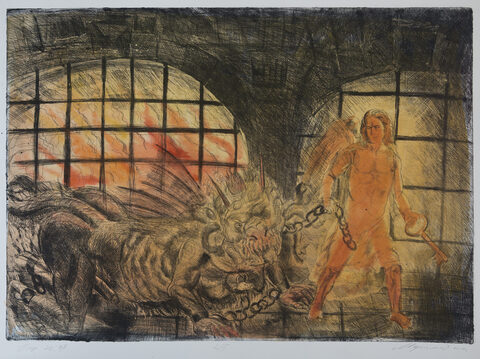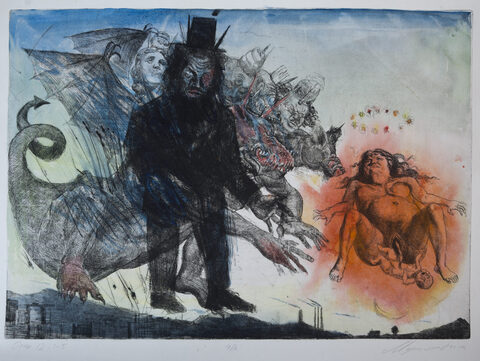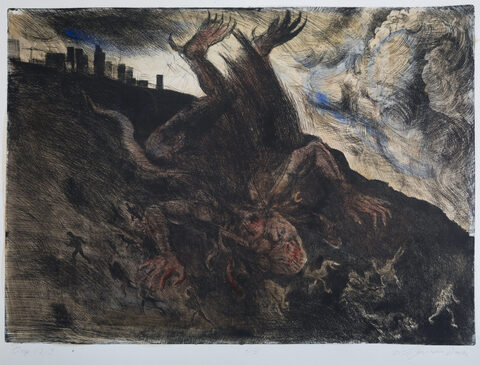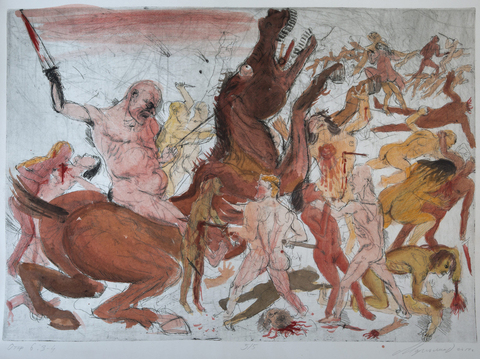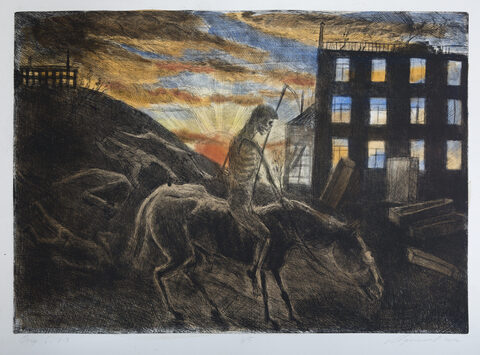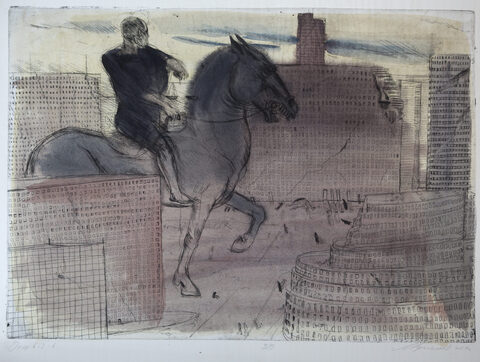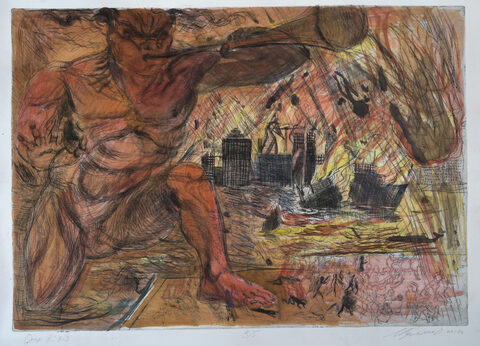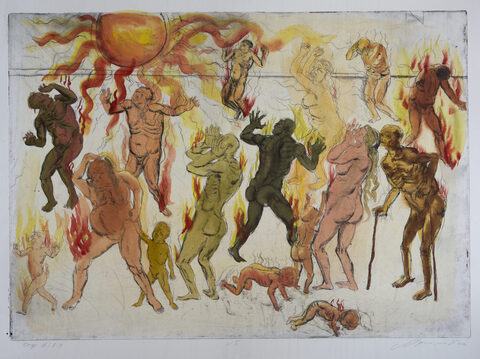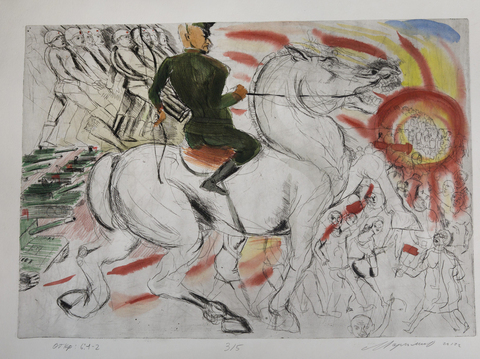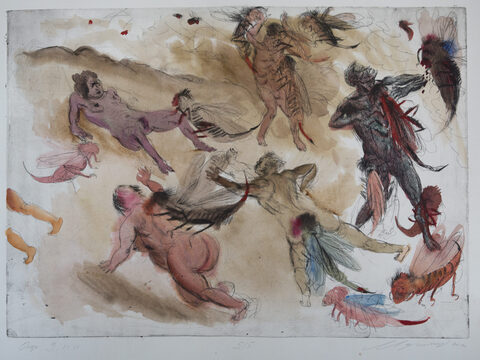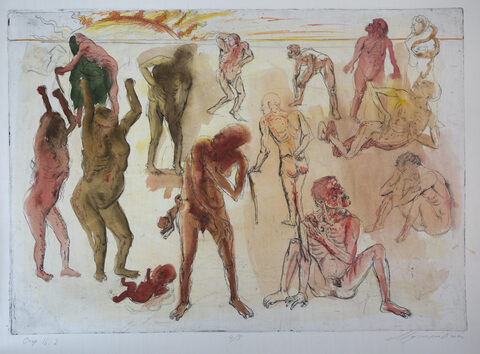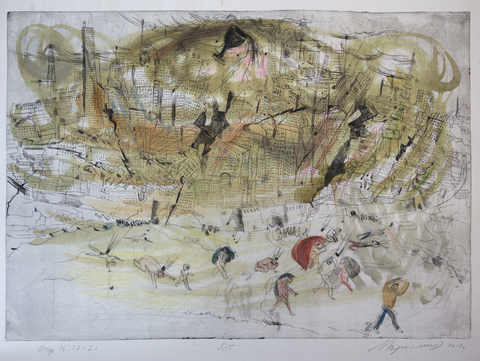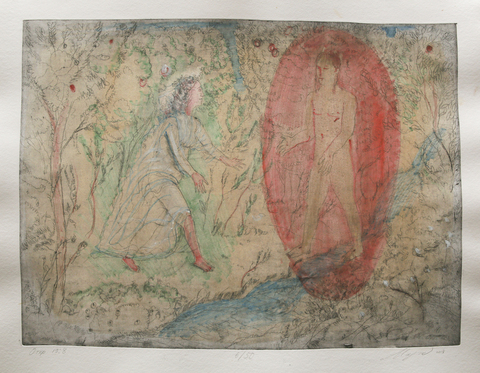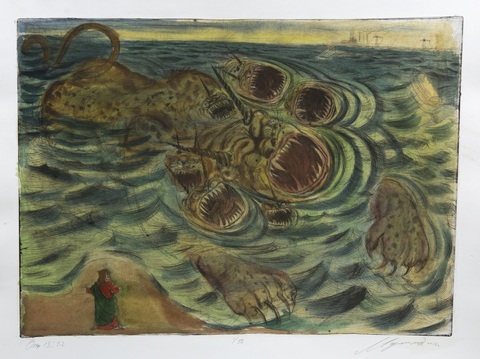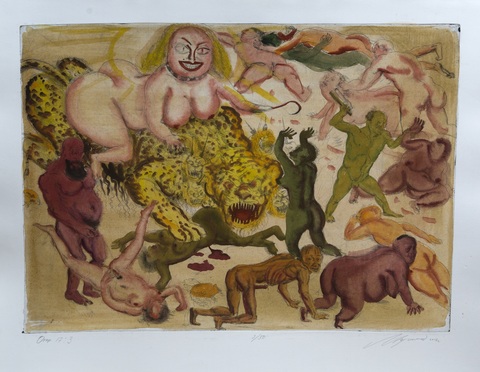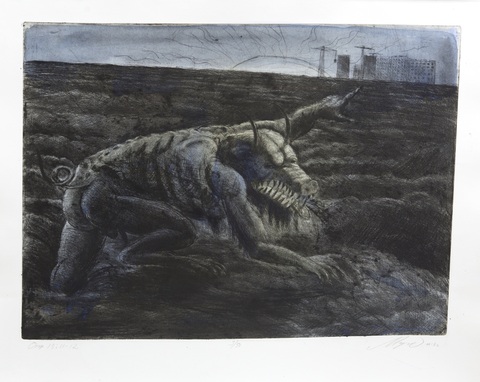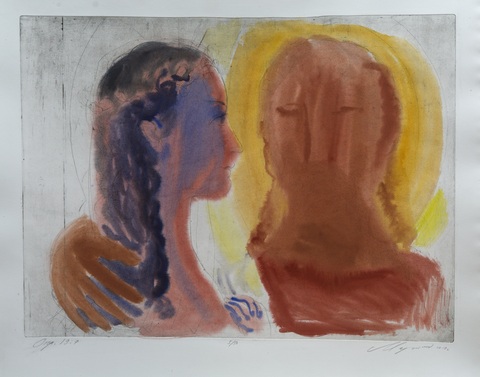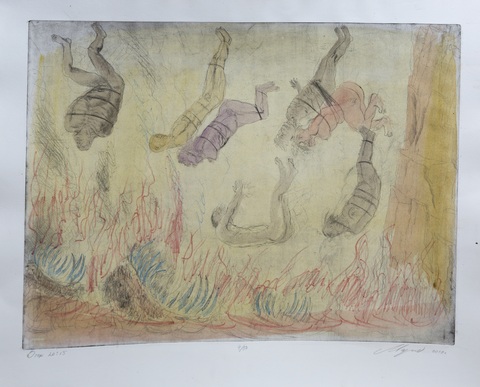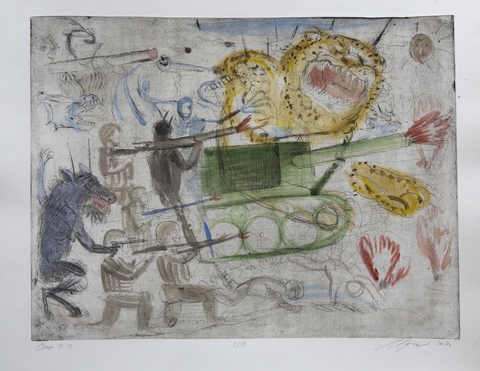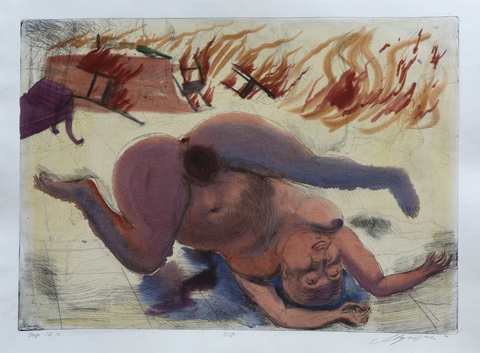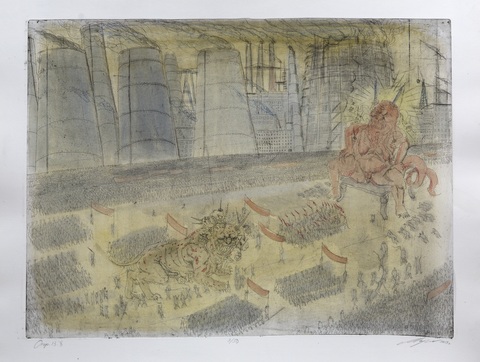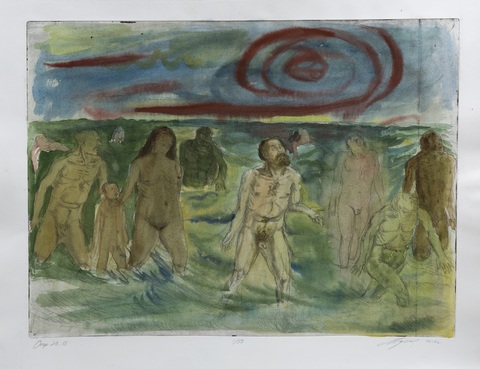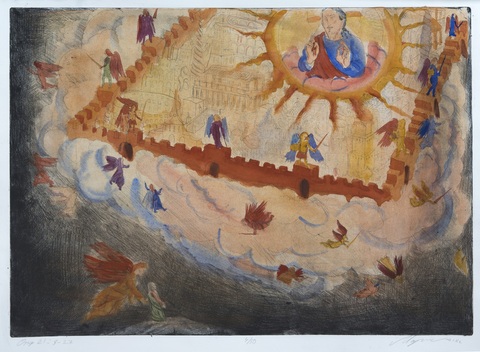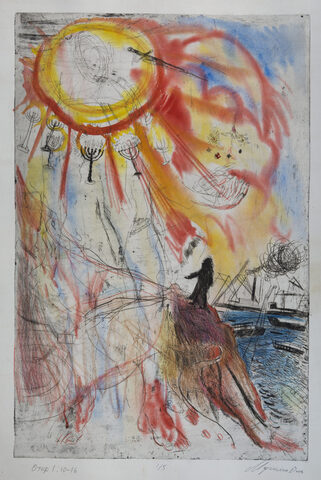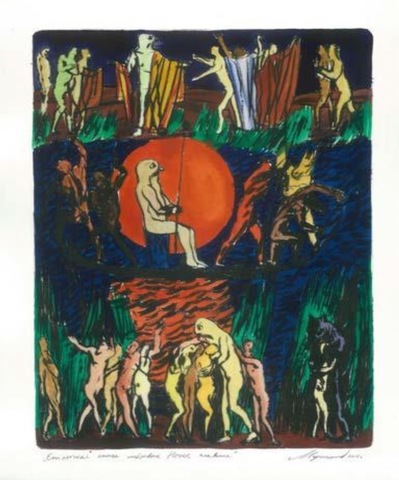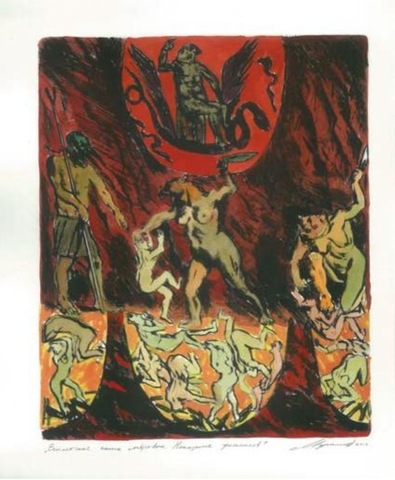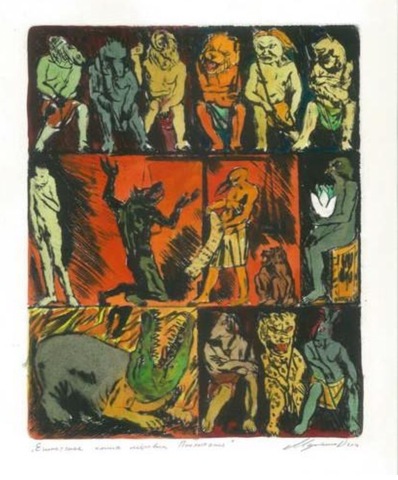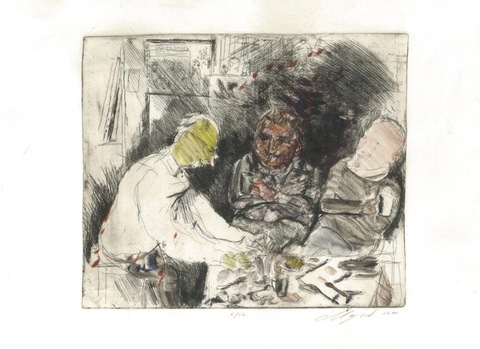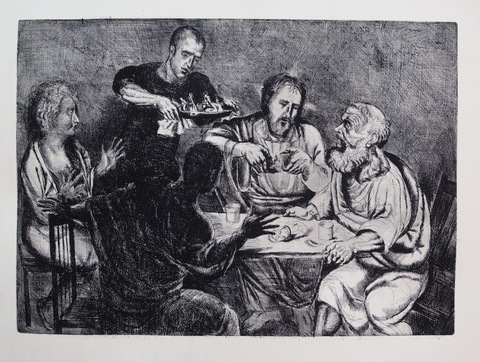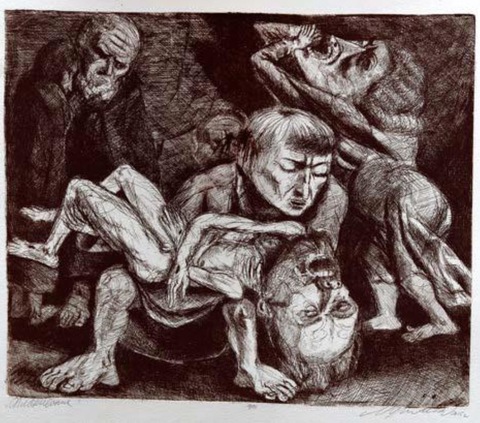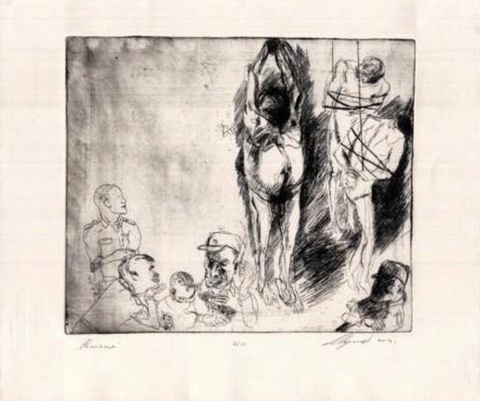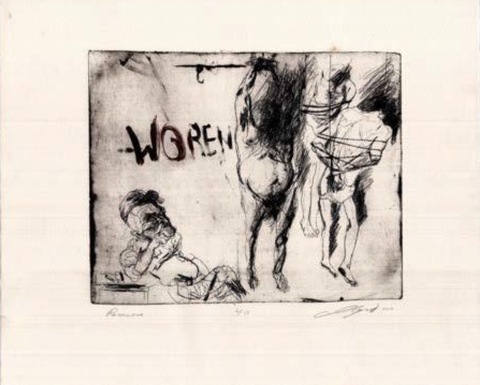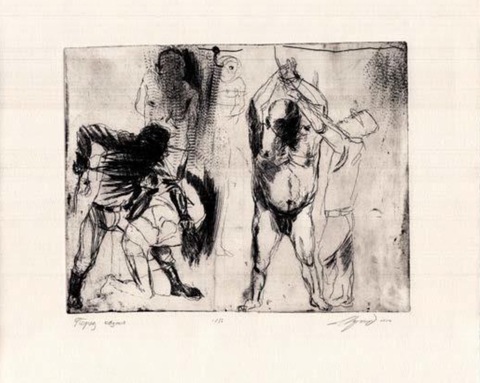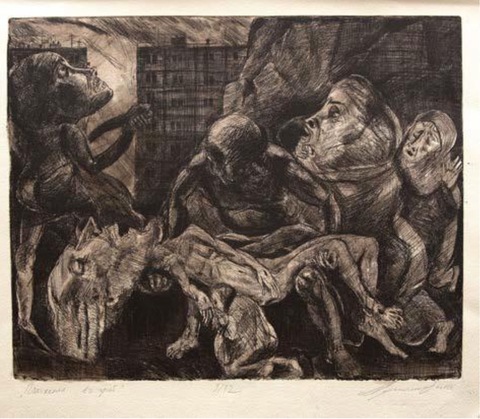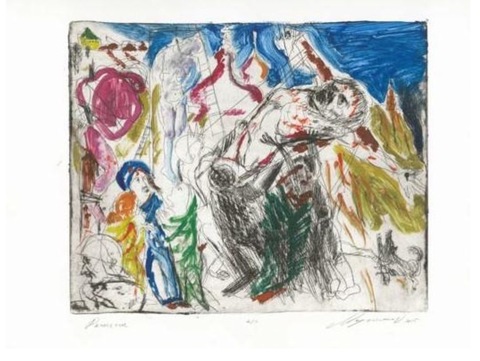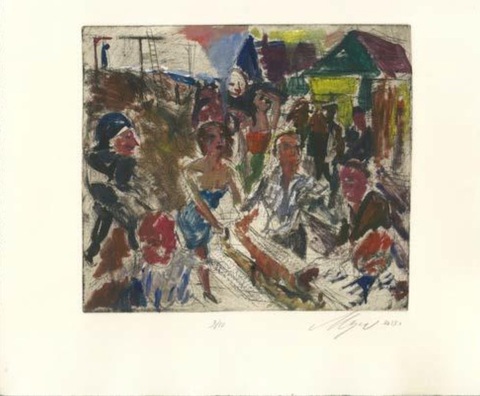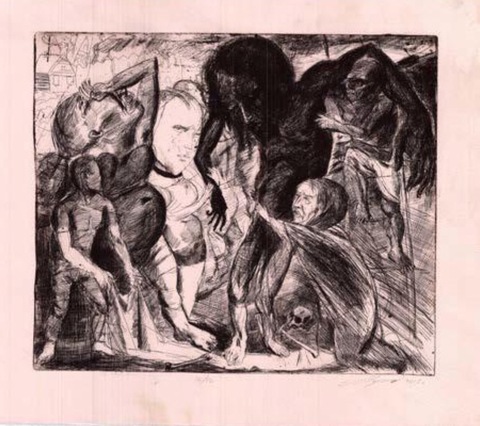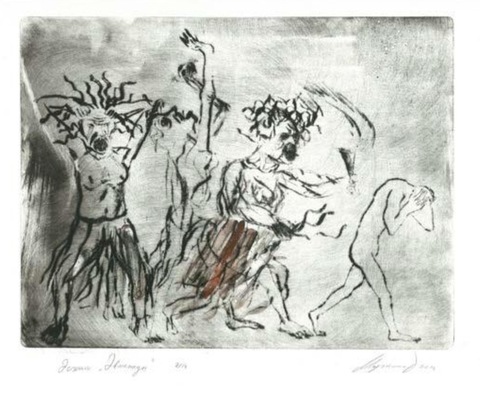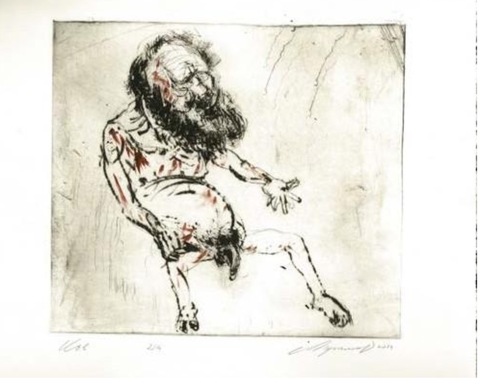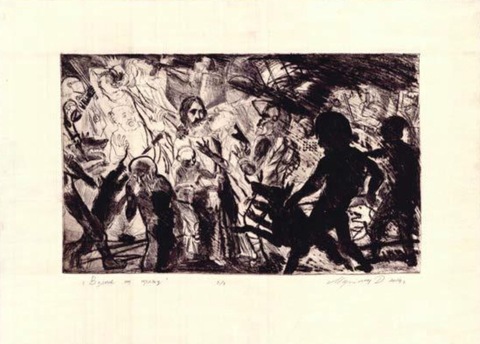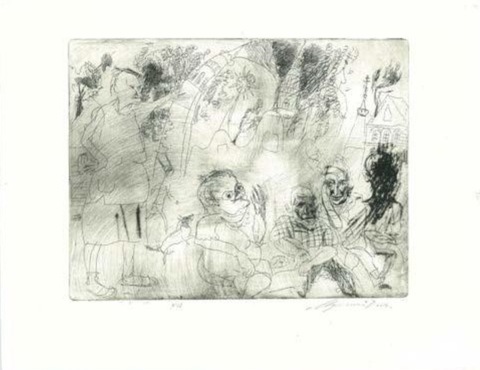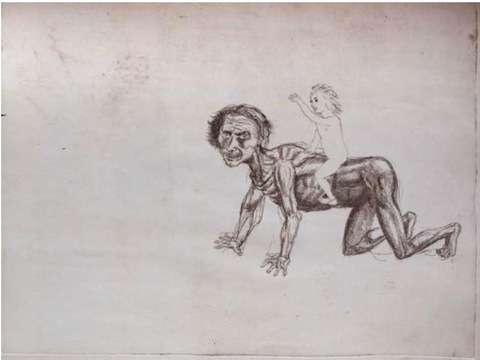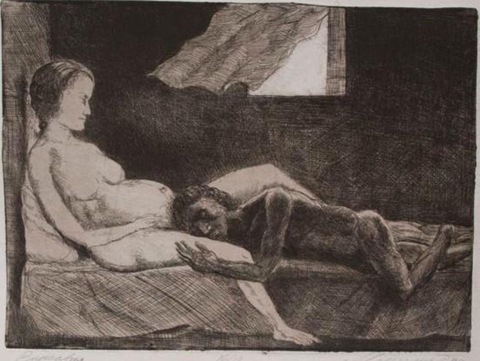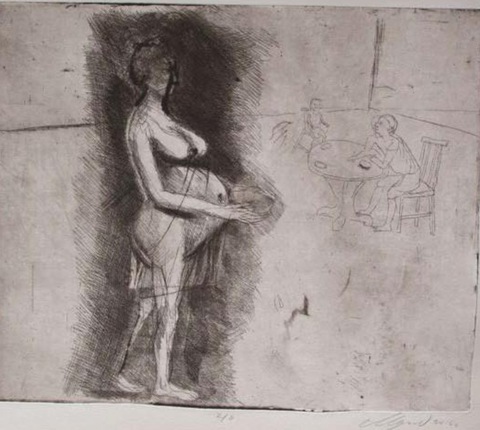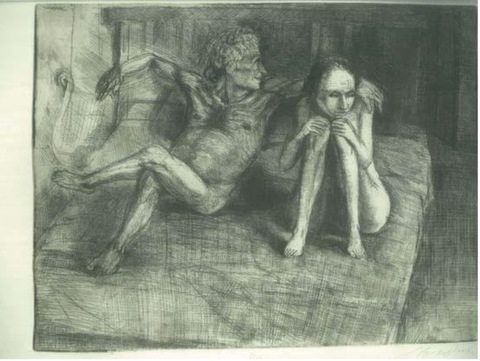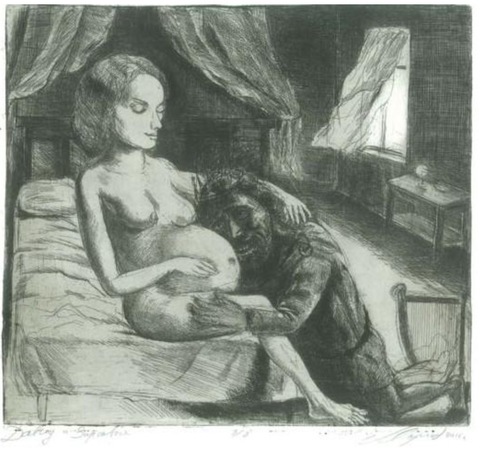Margolin Dmitriy
Dmitriy Margolin was born in Leningrad.
He graduated from Leningrad Secondary Art School. In 2007 he graduated from Ilya Repin State Academic Institute of Painting, Sculpture and Architecture, Faculty of Painting.
His paintings, graphics and sculpture have been exhibited at the Academy of Arts, the Manezh Central Exhibition Hall, the Erarta Museum, the Gromov Gallery and other galleries in Russia and abroad. His works are part of the collection of the Russian Museum.
In 2020 Dmitry received an offer to paint the Church of St.John the Baptist in the Pushkin Mountains. Work on the large-scale painting had been lasting for 5 months and was completed in September 2020.
SELECTED EXHIBITIONS:
- 2022 – Cosmoscow art fair, a-s-t-r-a gallery, Moscow, Russia.
- 2021 – Start Art Fair, London, UK.
- 2019 – Street and Heavenly, DK Gromov Gallery, St.Petersburg, Russia.
- 2015 – Passions, Erarta Museum, St.Petersburg, Russia.
- 2014 – Night Voyage, Italian Hall of the Academy of Arts, St.Petersburg, Russia.
- 2013 – Paintings and graphics by Dmitry Margolin, Master gallery, St.Petersburg, Russia.
- 2008 – Together and individually, MART gallery, St. Petersburg, Russia.
Curatorial text: Dmitry Ozerkov
"...Dmitry Margolin does not use tracing paper, powder and other ancient techniques of copying and drawing images. Each composition he invents anew, and it is not completely similar to well-known Byzantine or Old Russian prototypes, which are only partially recognisable in it. For example, in the scene "Noli me tangere", where the Saviour is open and attentive to Mary coming to him. He does not pull away from her, saying, "Do not touch me, for I have not yet ascended to my Father" (Jn 20:17), but extends his arms to her, as if in a reciprocal embrace. What is this, a violation of the canon? Not at all. Dmitry Margolin depicts an earlier episode of the meeting, when Mary is still only recognizing Jesus. At the open coffin she searches for His body to take Him away. "Jesus says to her: 'Wife, why are you weeping? Who are you looking for?' She, thinking it was the gardener, says to Him, 'Sir! If you have carried Him out, tell me where you put Him, and I will take Him' (Jn 20:15). She still does not understand that it is He, for His appearance appears to be different from that to which she is accustomed. Then He calls her by name and she recognises Him by His voice: "'Mary!' she turns to Him and says, 'Rabboni! - which means 'Teacher!'" (Jn 20:16). And she rushes to Him. Just then He cautions: "Do not touch Me". Margolin does not yet have these last words. And the whole episode is depicted in the Garden of Eden, which apparently the artist was prompted to do by the Gospel word for gardener. All herbs and flowers are there; beasts of unseen beauty roam about. The tiger here does not attack the roe deer, while the "blue ox full of eyes" reclines solemnly and dignified on the ground. The birds of the sky with their incredible colours lie at ease at the feet of the Saviour. This is the story of Prodant's "love which moves the sun and the stars". The composition of this entire scene harks back to the motif of the meeting of a man and a woman which is central to the work of Dmitry Margolin and which he reveals in both painting and sculpture. His Christ and Mary resemble Adam and Eve, the beautiful and abstract kuros and bark, meeting under the paradisiacal apple bush. The sculptures of ancient Greek kuros and bark served as a prototype for the church painting, which the artist in his own way conceptualises and endows with Christian attributes. And Margolin's pictorial painting The Bridegroom and His Bride (2018), where Kuros-Adam meets the bark Eve in the garden. It is both the beginning and the end, the coming fall and the promise of salvation.
Where is "terrible modern art" with its irony and reversals of meaning, with its political conjuncture and flamboyant scandals? There is no place left for all this in the temple. Dimitri Margolin, left it all behind the threshold. However, even the insider's thoughts were enough to reject the mural as a whole. Its creation itself is a gesture of modern art, which gives its author the right to compose textbook subjects from various iconographic elements in his own way. In terms of appearance only the "Last Judgment", placed, as it is supposed to be, on the western wall, is modern with Dmitry Margolin. It represents the urban panorama, where in addition to the houses we can guess the factory chimneys, blast furnaces and countless factory cranes. This whole world blazes in the flames of hell, in contrast to the eternal calm of the Garden of Eden on the symmetrical stage. The demon is cast into the underworld, while the Saviour triumphs in the fence of the heavenly Jerusalem. Ancient iconography is read in a modern way, with added themes of ecology and machine-made hell.
Elements of modernity can also be found in other scenes if one wishes, but their appearance only testifies to the artist's ability to think beyond a given framework. If the whale in the scene with Jonah is utterly hrestomatic and comes from somewhere in the Yaroslavl painting, transferred from the Piskator Bible, the rude peasant faces of the Pskov shepherds in the Nativity scene attract attention with their "realness". They are close to modern faces, which has something in common with the entire history of the depiction of this subject in world art. Simplicity of the faces contrasts with the miracle. With Margolin behind these faces we can read the entire Russian poetic tradition of the Christmas story - from Pasternak to Brodsky, with the "knob in the snowdrift". The centurion Longinus in the Crucifixion scene is also modern. He's not wearing a helmet, and his shaved head and his uniform reinforced with protection give him away as a modern strongman. However, the inscription "SPQR" on his jacket and the canonical attire of the other characters leave no doubt as to the evangelical nature of the events.
What is important in this temple painting is its monumental unity - from the smallest detail, such as the plumage of the bird in "Noli me tangere", to the entire three-dimensional unity as a whole. There is a programme, there is a canon and there is its interpretation in colours. There is a careful and intelligent reading of the canonical text, a prayerful reflection on it and a reading of it today. There is no malice or attempt to shake the foundations here. On the contrary, there is a desire to show that Christian history is alive and more than up-to-date. And that it is precisely today that, beyond basic education and the performance of rituals, the artist and the ordinary parishioner require incredible concentration and high morals in order to continue to call themselves Christians.

